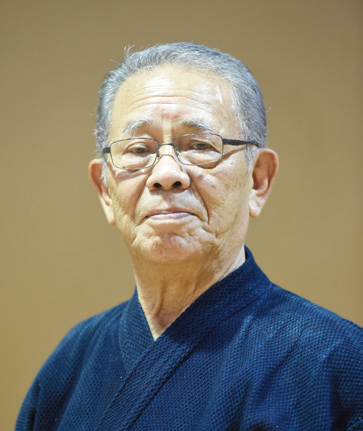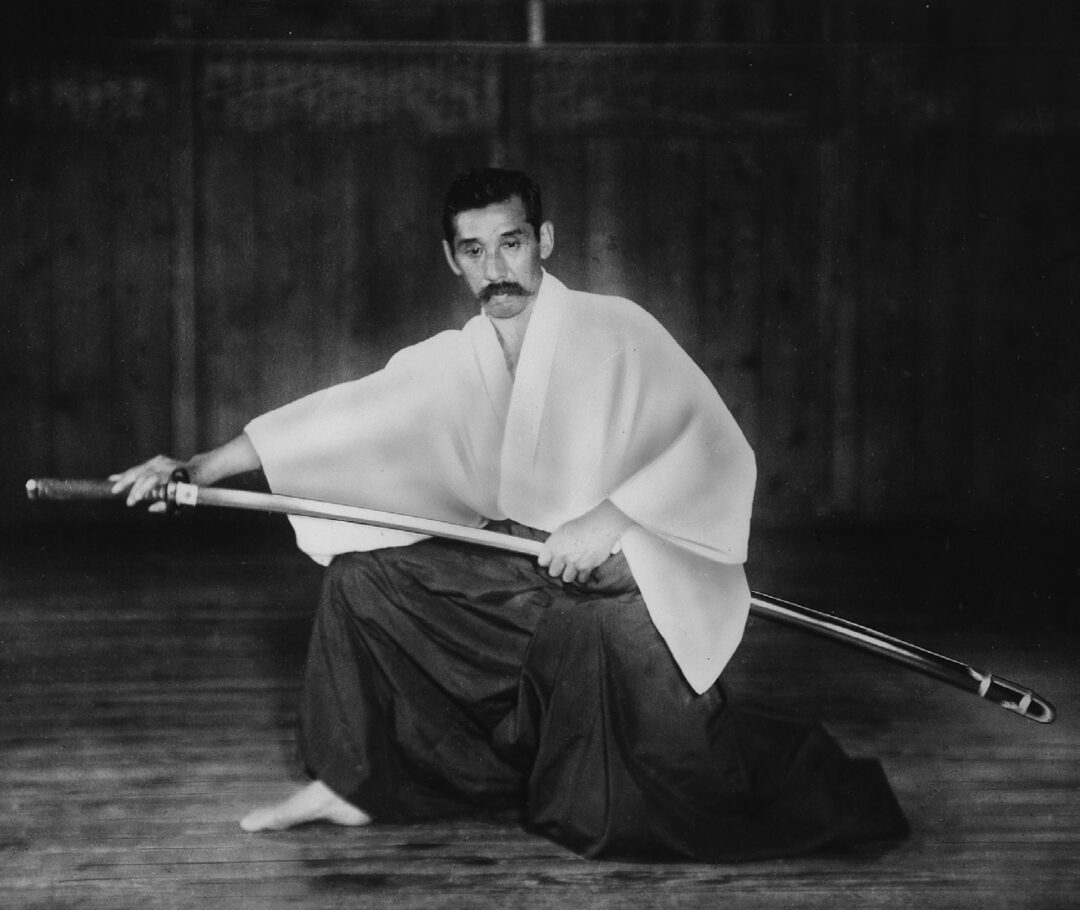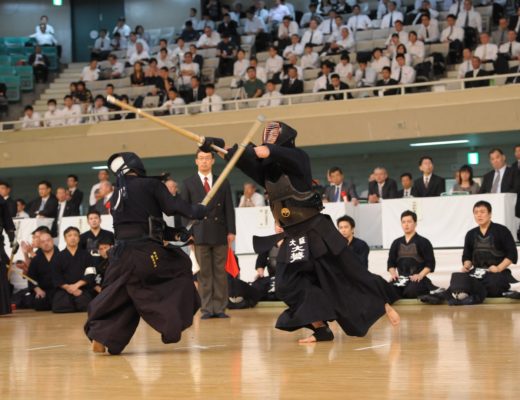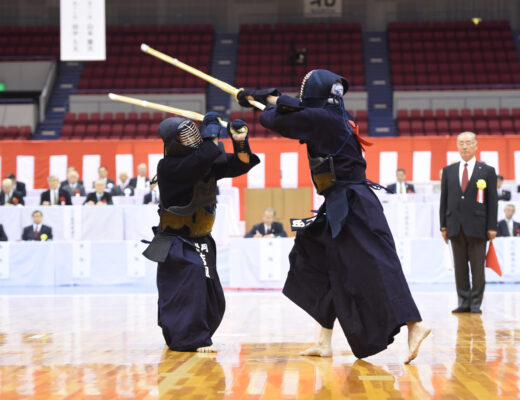2023.7 KENDOJIDAI
Interview, arrangement: Yamazaki Emiko
Translation: Anne Zwart
Tahara Hironori

Born in Kumamoto Prefecture in 1940. After graduating from Yatsushiro High School, he joined the Metropolitan Police Department. Served as Deputy Chief Shihan of the Metropolitan Police Department and taught as professor at the Kanto Regional Police Academy. Honorary Shihan of Mitsui Sumitomo Hyakurenkan Dojo, ambassador of Mashiko, and Shihan of Central Security Security. Kendo Hanshi 8-Dan.
Emphasis on basics in Kendo is eternal and immortal
This year marks the 2683rd year o f the Imperial Calendar. Since the first Emperor Jinmu ascended to the throne at the palace of Kashihara, our ancestors have nurtured today’s wonderful traditional culture in harmony with the natural world. Kendo, the most important traditional Japanese culture, has overcome many obstacles over the years and has flourished. Whenever I think of the passion for Kendo that has carried on from our ancestors, I feel a renewed sense of duty to pass on this tradition correctly.
Kendo was revived after World War II. Since then, the most significant shift has been in its interpretation: it has gone from a way of cultivating oneself to a competitive sport where simple hits are more common than striking to truly defeat an opponent. Even the way we talk about Kendo has changed, noticeably going from Keiko to “practice,” and Dojo to “gymnasium.”
However, when I read the teachings of various Sensei in publications such as Kendo Jidai, I am relieved to see that they all say that the most important thing in learning Kendo is the basics.
The basics are like formulas in mathematics, grammar in Japanese, and Joseki in Go. It would not be an exaggeration to say that they are common to all aspects of life. Naturally, it is also extremely important for those who study Kendo to follow and master the basics. Not only does it lead to better technique, it also improves the mind. Furthermore, Kendo practice lasts a lifetime. If we are to aim for improvement in our lives through Kendo, we cannot pay enough attention to the fundamentals of Kendo.
I started Kendo four years after the postwar revival. The first time I heard about Kendo basics was in a kendo class at the police academy after my service with the Metropolitan Police Department in 1958. There is no doubt that the basics I studied there have become the foundation of my Kendo.
Kendo has a long history at the Metropolitan Police Department. On August 1st 1918, the basics were established and the training methods were unified by Nakayama Hiromichi-sensei. In May 1935, nineteen years later, the Metropolitan Police Department established the Metropolitan Police Department Kendo Fundamentals; these were used as the constitution for Kendo training in the Metropolitan Police Department, in order to strive for more refined Kendo and elevation of the spirit.
As Kendo entered the difficult post-war period, these Fundamentals naturally fell into disuse. However, their content was passed down through the generations, and in 1961 it was officially recorded in the Establishment of the Police Education Regulations of the Metropolitan Police Department. Finally, in 1968, the Metropolitan Police Department Kendo Basics was compiled into the Metropolitan Police Department Kendo Instruction Manual which is still in use today.
Since the martial arts ban was lifted in 1942, Kendo has undergone a major transition. Change is a natural process, but I do not think that it should distort the heart of Kendo. Driven by a strong desire to stop Kendo from changing from its current form, the predecessor of the All Japan Kendo Federation (AJKF) established the Kendo Philosophy in 1975. In my reading of this philosophy, they had a strong belief that Kendo is a martial art and that the spirit of Kendo is eternal.
What we can learn about Kendo attitude from the teachings of Confucius
Incidentally, have you ever heard of Confucius’s teaching “truth, goodness, beauty, holiness, utility, and health”?
Truth means a mind of sincerity and seriousness. Needless to say, this basic attitude is important in order to accomplish anything in life. In Kendo, too, it is only with a serious attitude toward training that one can work on one’s goals and create spiritual value.
Goodness means an honest heart. It means to listen to, follow and be grateful for the teachings of others while striving for improvement.
Beauty means to convey pure beauty. Holiness means wisdom, or the ability to think things through and the importance of ingenuity and research. Utility means striving and training for agile and assertive movement.
Learning these principles from a good Sensei and exploring them will help you improve your technique and spirit faster. In Yagyu-ryu, this is called Sanma no Kurai.
The last word, health, refers to the state of being healthy, full of vigor and vitality. Like the proverb, a sound body creates a sound mind, and health is the foundation of everything. I believe that these teachings can be understood as the basic mental attitude of those who aspire to kendo.
To pursue the way with single-minded devotion
The rest of this article is only available for Kendo Jidai International subscribers!





